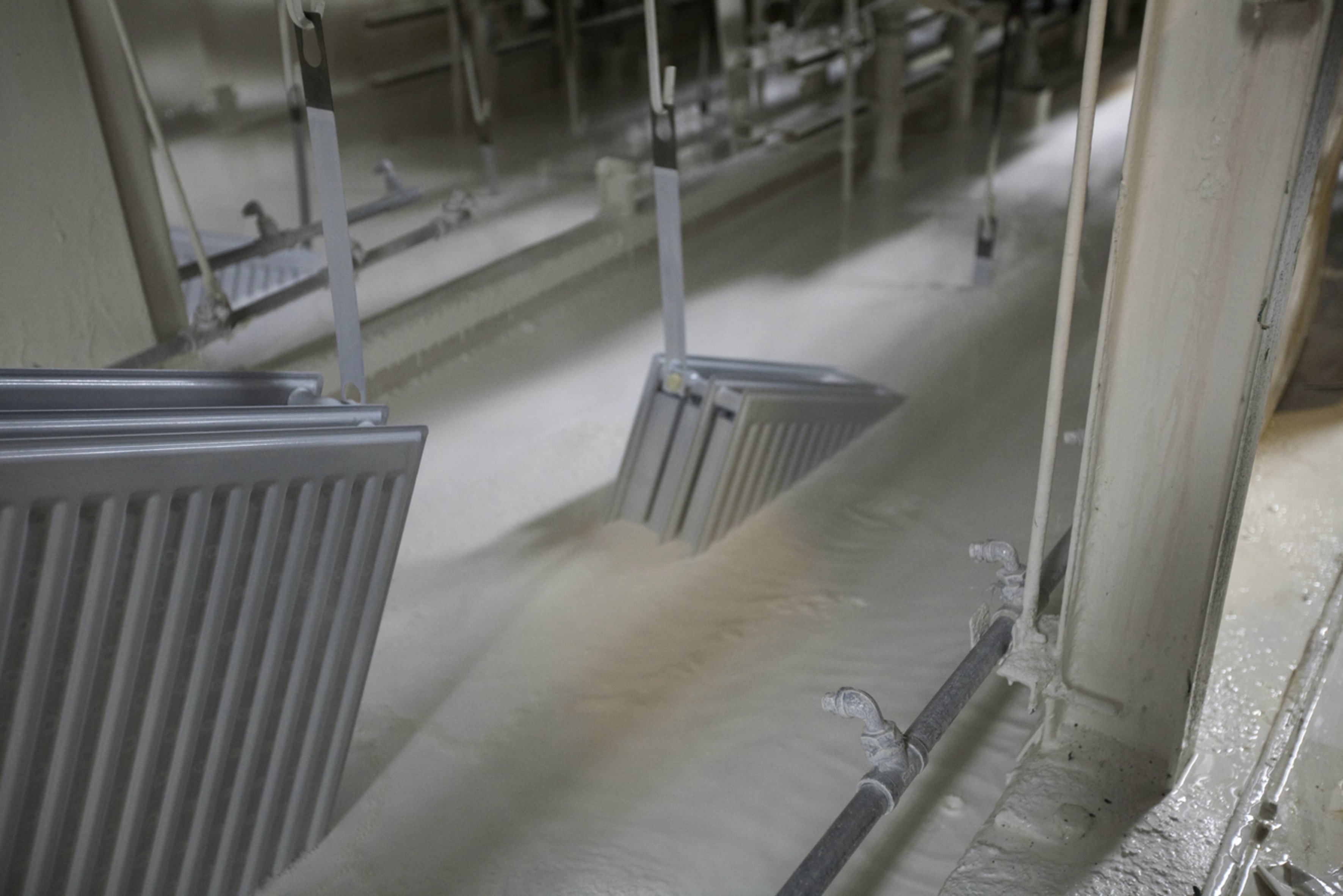 Advantages of dipping:
Advantages of dipping:
This method enables quick and even coating of small ones, portable items.
Disadvantages of dipping paint:
1) a lot of material is needed for dip painting, much more than in the previously discussed methods;
2) due to the large surface of the material, intensive evaporation of the solvent occurs, which makes it difficult to call this method environmentally friendly;
3) dip painting is only reasonable for large series of items;
4) not every coating material can be applied by dipping, and with some varnishes there is too much risk of streaking and wrinkling of the coating.
With electro-immersion (electrophoresis) two techniques are used. What is the difference between them?
In electrophoresis, the primer and the coating material are oppositely charged. Therefore, it is possible to quickly and extremely evenly coat water-soluble agents. While in the old ones, Using anodic dipping techniques, the painted object received a positive charge 50-300 V, and the coating material was charged to the opposite, it's in new, In cathodic dip painting techniques, the loading is the opposite. The painted object has a negative voltage 20-50 V, and the coating material is positively charged.
Thus, anaphoresis and cataphoresis differ in the type and magnitude of the charge of the coated object and the coating material. In anaphoresis, the coating thickness is up to 30 yum, with cataphoresis it reaches 15 /im. Nevertheless, it is precisely the cataphoresis coating that provides good corrosion protection. The coatings produced in this way are alkaline, they can therefore neutralize acid factors, corrosive.
With fluidized bed coating, which is a purely industrial technique, the object to be coated is heating up, and then dipped in thermoplastic powdered plastic. Powdered plastic melts on a hot backing. If the item is reheated at the end of the entire process, then it will form an evenly distributed one, relatively thick coating.